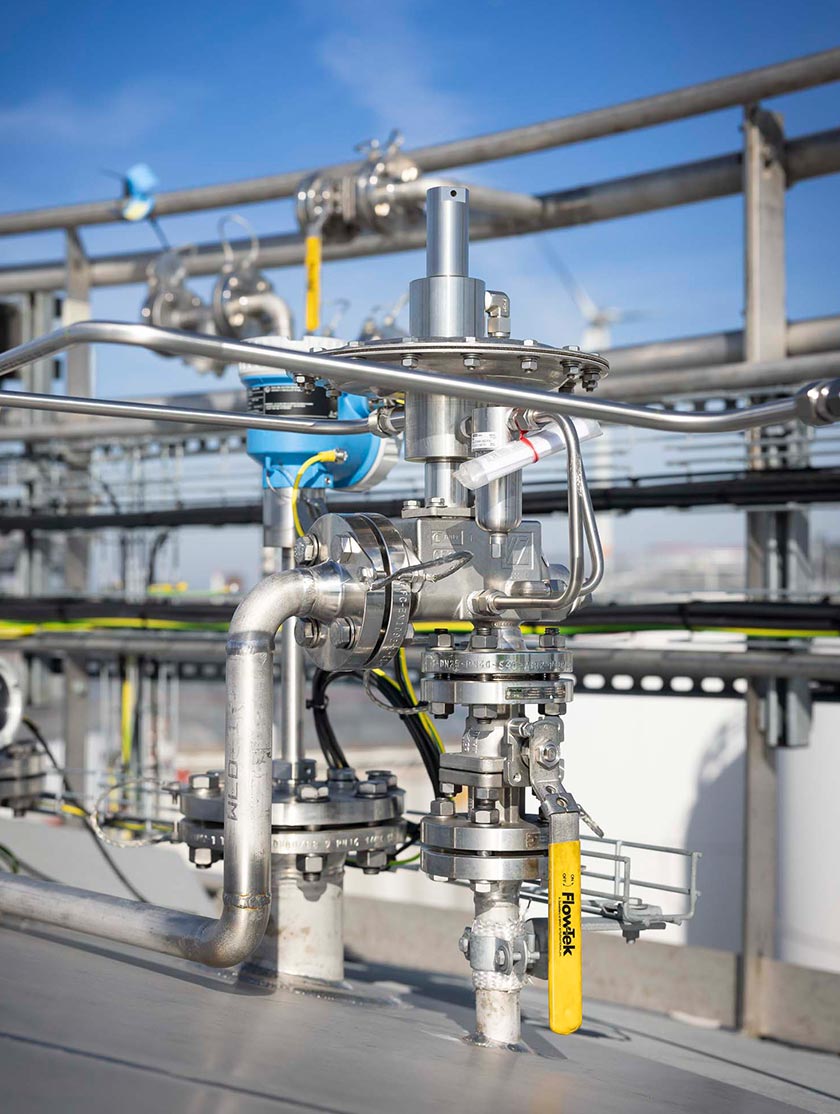Benefits of Pressure Reducing Regulators in Vacuum Systems
About Pressure Reducing Regulators in Vacuum Systems
A pressure reducing regulator is a mechanical device that automatically reduces and stabilizes the pressure downstream of a high pressure source to a desired, lower pressure setpoint. Although vacuum systems operate primarily at subatmospheric pressure, they often contain gases or liquids under controlled pressure. These pressures must be regulated to maintain system integrity and process accuracy.
In vacuum systems, pressure reducing regulators are used to:
- Regulate gas inlet pressure when venting or purging vacuum chambers,
- Prevent overpressurization that could damage sensitive equipment,
- Provide stable flow conditions required for some vacuum operations.
Advantages of Pressure Reducing Regulators in Vacuum Systems
1. Improved Pressure Stability and Precision
Vacuum processes often require a tightly controlled pressure environment to ensure repeatability and precision. Pressure reducing regulators provide precise pressure control at the outlet, allowing a constant vacuum level to be maintained. This stability is critical in applications such as thin film deposition, electron microscopy, or vacuum coating, where even small pressure fluctuations can affect results.
2. Protection of delicate equipment
Many vacuum components, such as vacuum pumps, gauges, and chambers, are sensitive to pressure spikes or fluctuations. Pressure reducing regulators provide protection by regulating the pressure of gases introduced into the vacuum system, preventing pressure spikes that can cause mechanical stress or damage to these components.
3. Enhanced safety
In vacuum systems where gases must be introduced at a controlled pressure (e.g., inert gases for filling or purging), pressure reducing regulators reduce the risk of overpressure buildup. This control ensures safe operation by preventing hazardous events such as leaks, ruptures or explosive decompressions that can occur due to uncontrolled pressure surges.
4. Optimized Gas Flow Control
Precise pressure control allows for better control of gas flow rates in the vacuum system. This is particularly beneficial in processes such as gas-phase chemical reactions and vacuum drying, where the exact amount of gas must be tightly regulated. Pressure reducing regulators help maintain consistent flow rates, thus contributing to process efficiency.
5. Extended Equipment Life
By stabilizing pressure and preventing pressure surges in the vacuum system, pressure reducing regulators reduce wear on pumps, valves and other components. This extends equipment life, reduces downtime and lowers maintenance costs.
6. Energy Efficiency
Maintaining optimal inlet pressure with pressure reducing regulators allows vacuum pumps to operate within their designed parameters. This efficient operation minimizes energy consumption and improves overall system efficiency.
Conclusions
Pressure reducing regulators are key components in vacuum systems that provide precise pressure control, protect equipment, enhance safety and improve process reliability. With these controllers, users can achieve the stable vacuum conditions necessary to achieve high-quality, repeatable results in a wide range of applications. Their ability to maintain controlled pressure makes pressure reducing regulators essential to modern vacuum technology.
Need the Right Pressure Reducing Regulator? Get Expert Help Selecting the Ideal Regulator Engineered for Performance |
Cashco’s pressure reducing regulators are designed for precise pressure control across a wide range of industrial applications—delivering reliability, safety, and efficiency. For more information about Cashco's regulators, view all models here .
Cashco is dedicated to ensuring you select the best solution for your tank protection needs. Need help choosing the right pressure reducing regulator? Contact us and our experienced team will gladly assist you in finding the ideal product!
Animated Guide: Pressure Reducing Regulator Function |
Discover the workings of a pressure reducing regulator in our animation video. Using the force-balance principle, this device reduces and maintains downstream pressure in a pipeline. Watch as we demonstrate how the regulator’s diaphragm and valve assembly create resistance to reduce upstream pressure. Learn how downstream flow demands impact the regulator, causing it to adjust and maintain a constant pressure.



